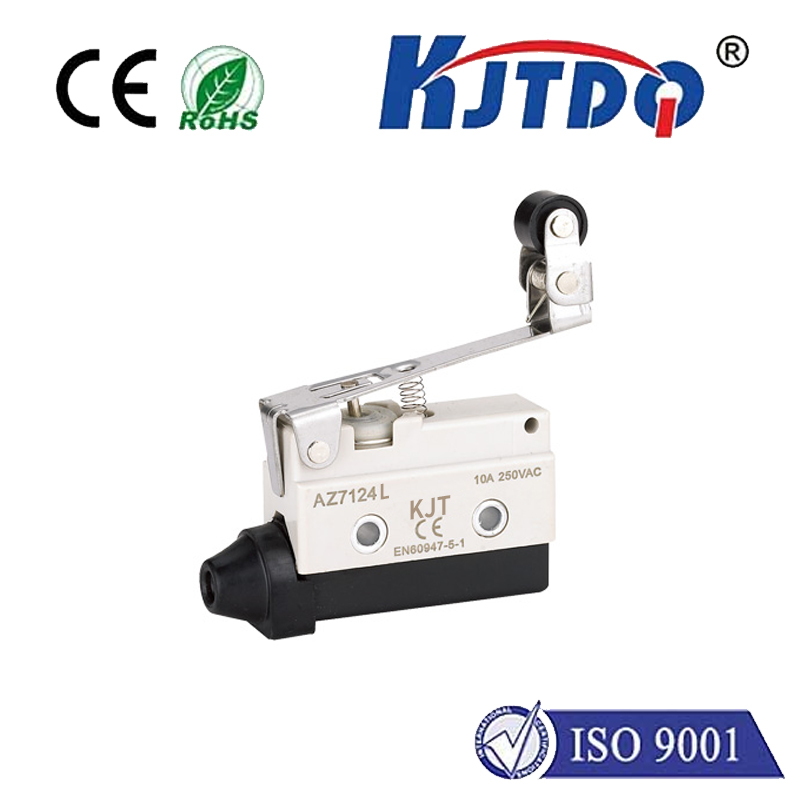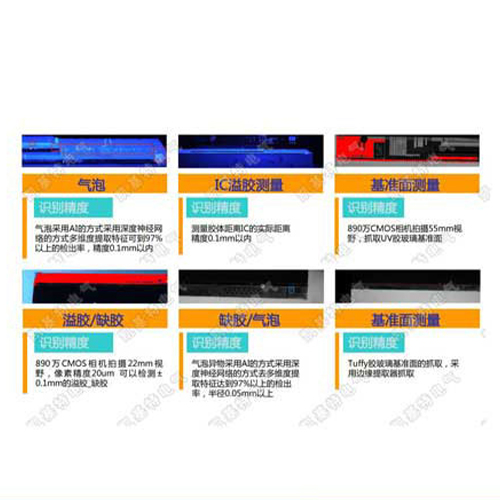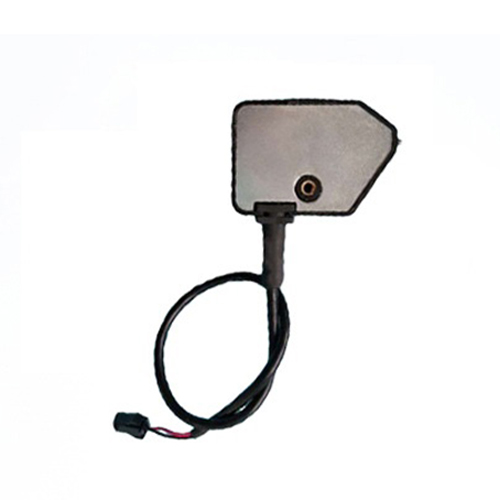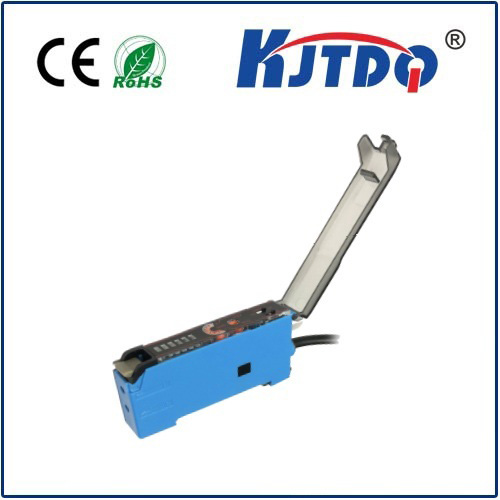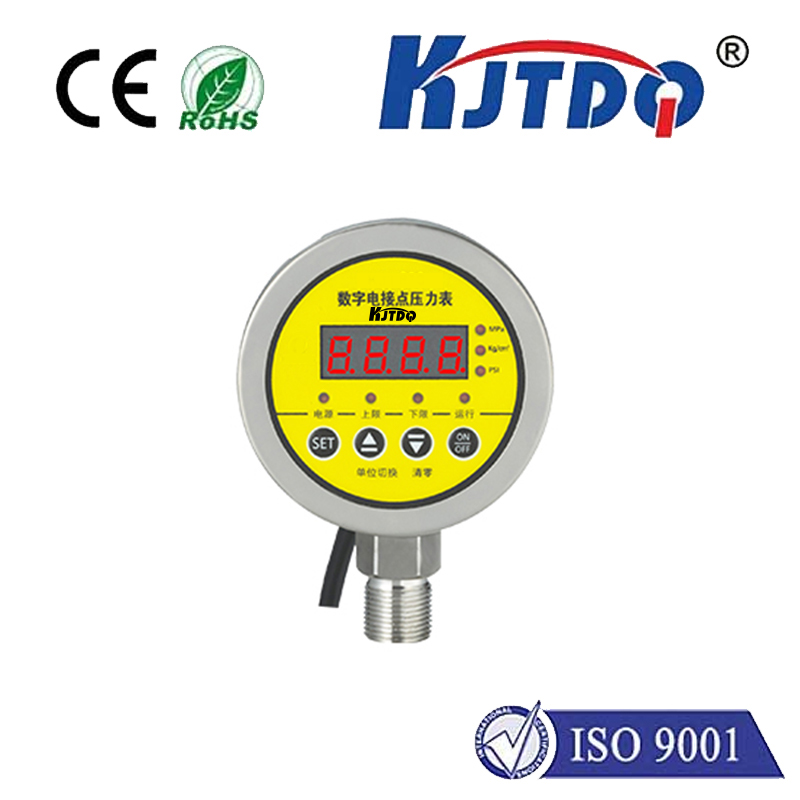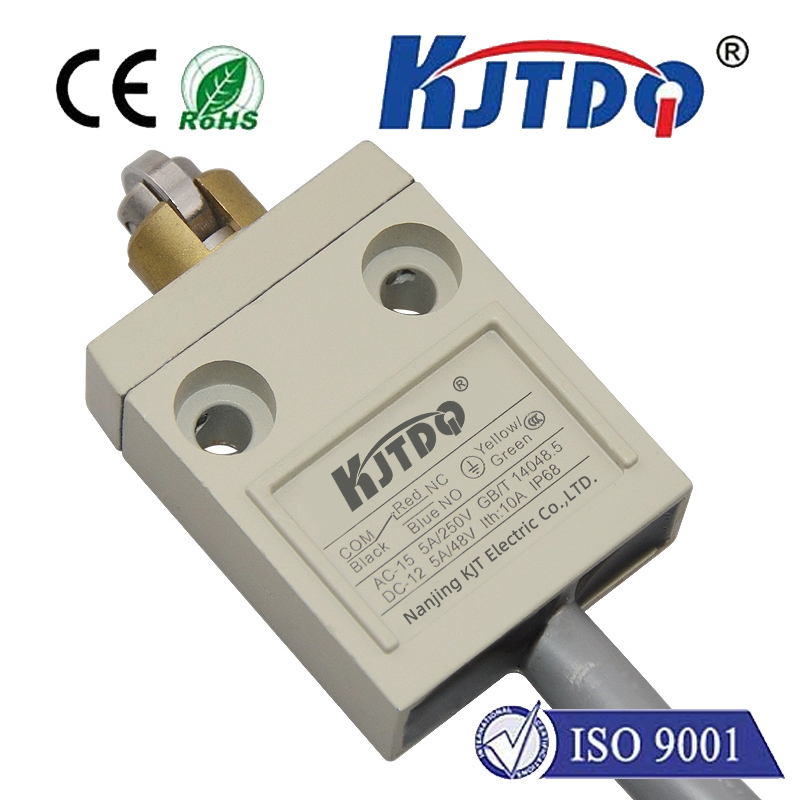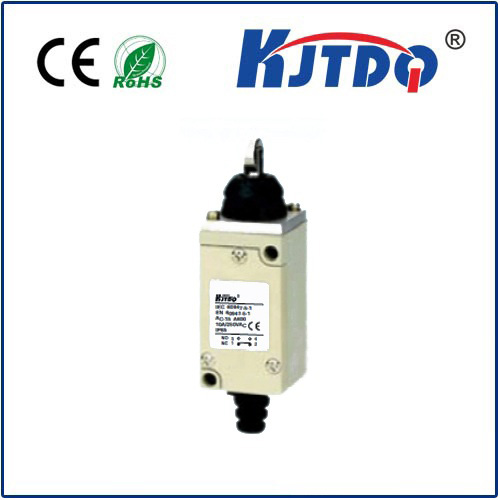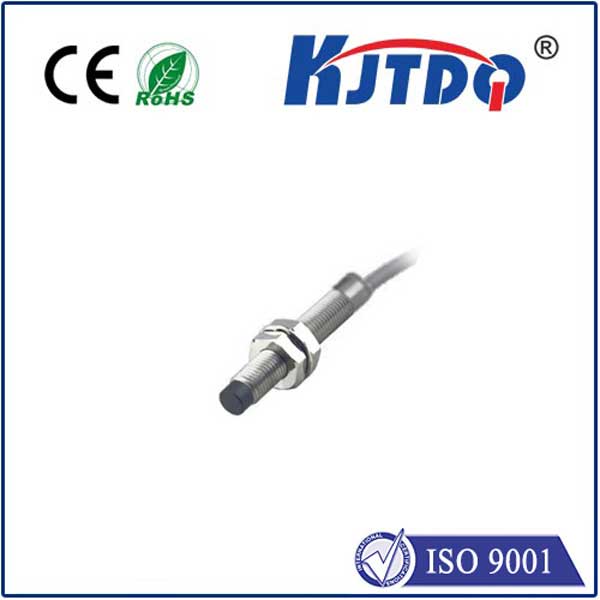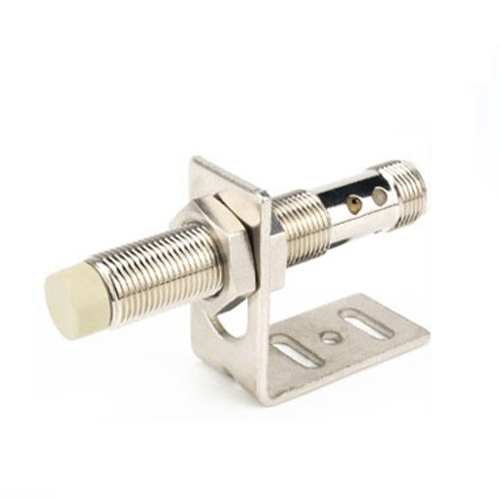

check

check

check

check

check

check

check

check

check

check
The Essential Role of Rollout Limit Switches in Industrial Automation
In the world of industrial automation, rollout limit switches are an integral component that plays a crucial role in ensuring the smooth operation of various processes. These devices are designed to detect the presence or absence of objects and provide feedback to control systems, making them essential for safety, efficiency, and accuracy in automated systems.

One of the primary functions of rollout limit switches is to ensure the safe operation of machinery and equipment. They are used to monitor the position of moving parts, such as conveyor belts, rollers, and other mechanical components. When these parts reach their predetermined limits, the switch sends a signal to the control system, which can then initiate appropriate actions, such as stopping or reversing the direction of movement. This prevents accidents and damage to machinery, protecting both equipment and personnel from harm.
Rollout limit switches also play a vital role in improving the efficiency and accuracy of industrial processes. By monitoring the position of objects on a conveyor belt or other transport system, these switches can help optimize production line speeds and reduce downtime caused by errors or misalignments. For example, if a product on a conveyor belt is not correctly positioned, a rollout limit switch can detect this and send a signal to adjust the belt's speed or stop it altogether until the issue is resolved. This ensures that products are consistently produced with high precision and quality, reducing waste and increasing productivity.
In addition to their safety and efficiency benefits, rollout limit switches are also highly customizable, allowing them to be tailored to specific applications and requirements. They come in various configurations, including lever, roller arm, and plunger types, each designed to suit different operating conditions and environments. Furthermore, they can be equipped with different actuators, such as magnetic or photoelectric sensors, providing even greater flexibility and adaptability to changing needs.
Despite their many advantages, rollout limit switches must be properly installed and maintained to function effectively. It is essential to choose the right type of switch for your specific application and follow manufacturer guidelines for installation and maintenance. Regular inspections should also be performed to ensure that the switch is operating correctly and that any necessary adjustments are made promptly.
In conclusion, rollout limit switches are essential components in industrial automation that contribute significantly to safety, efficiency, and accuracy. By detecting the presence or absence of objects and providing feedback to control systems, these devices help optimize processes and protect both equipment and personnel from harm. With proper installation and maintenance, rollout limit switches can continue to play a critical role in advancing industrial automation for years to come.
